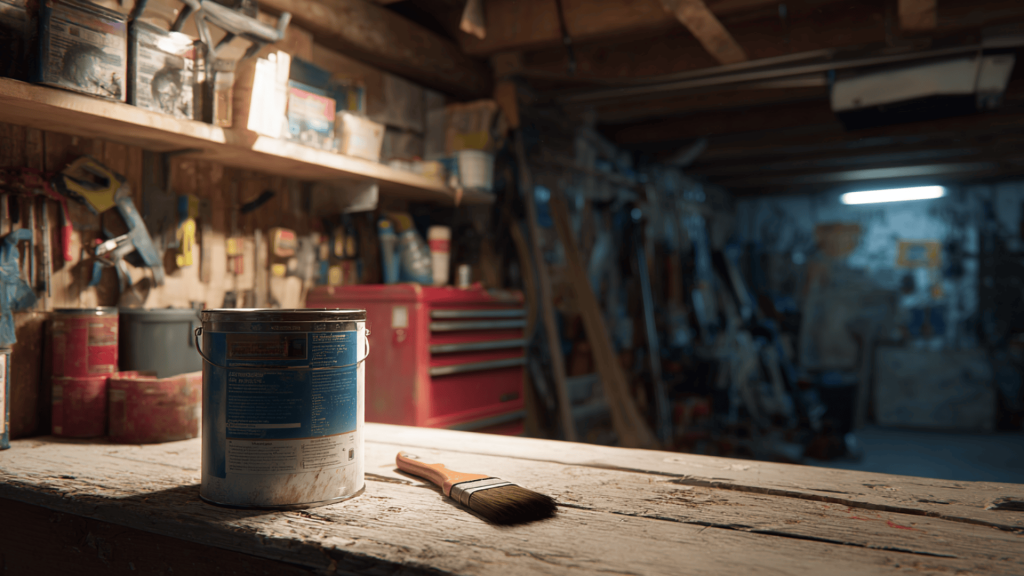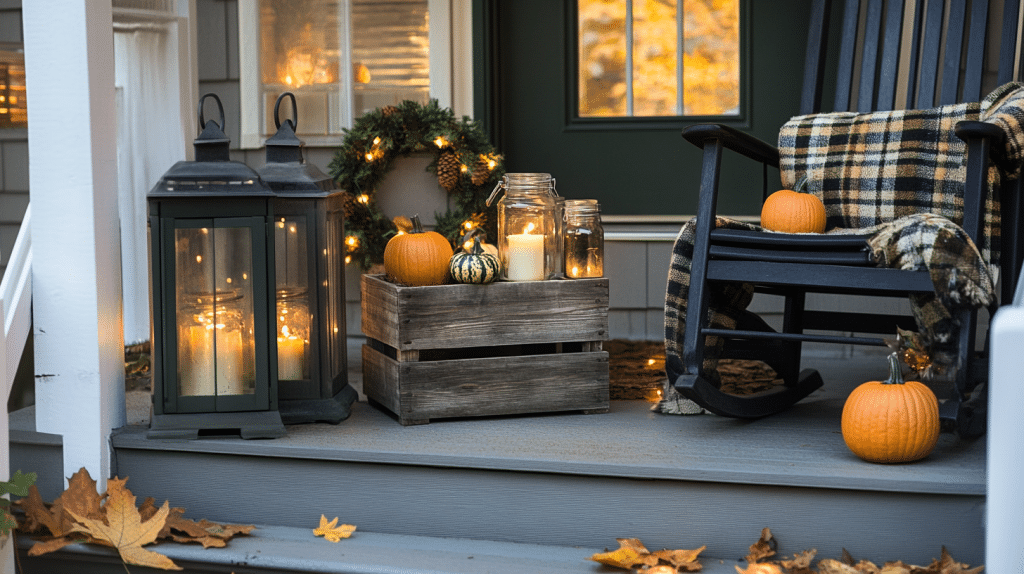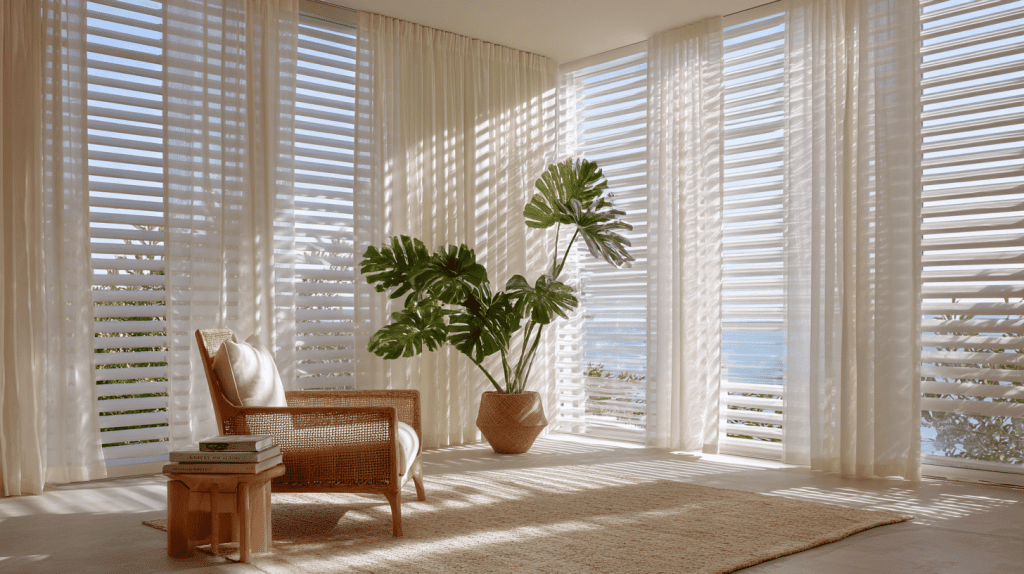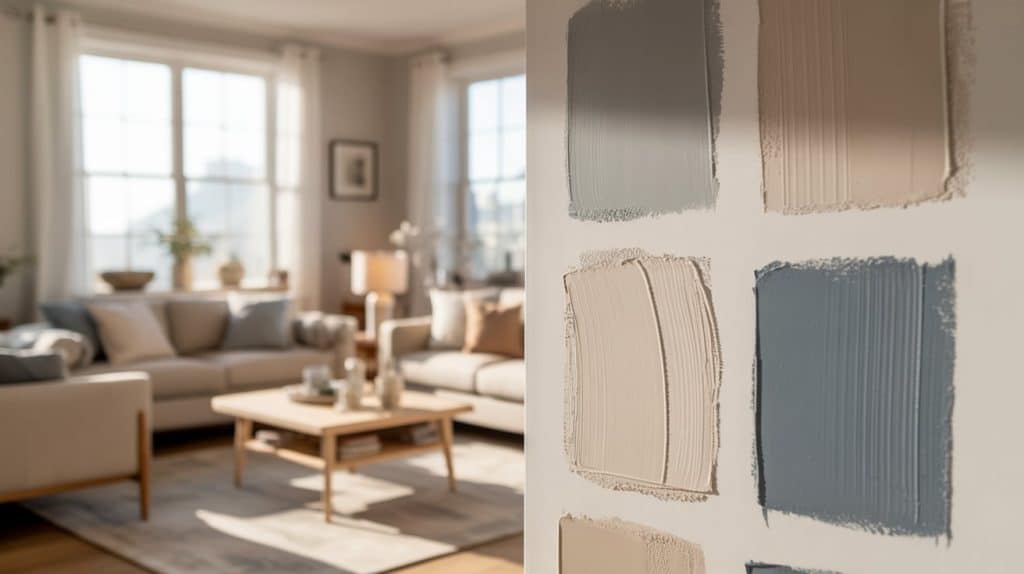Have you ever finished painting the outside of your house and been left with half a bucket of paint? That happened to me, and right away I thought, “Why not use this leftover paint indoors? It would save money and keep me from wasting it.”
At the time, it seemed like such a smart idea.
But after doing some research, I quickly realized that interior and exterior paints are not the same at all.
Exterior paint is built to handle wind, rain, and sunlight. Interior paint is designed to be safer, easier to clean, and better for the air we breathe every day.
Why Homeowners Consider Using Exterior Paint Indoors
Many people wonder: Can exterior paint be used inside the house? The idea often comes from practical reasons.
Sometimes, there’s leftover paint from an outdoor project, and it feels wasteful to throw it away. Using it indoors seems like a smart way to save money.
Other times, people don’t realize that interior and exterior paints are made differently, so they believe they can be swapped.
In a few cases, someone might grab exterior paint for a quick fix or emergency, choosing convenience over careful planning.
These reasons make sense, but they often overlook a crucial point: exterior paint is not safe or effective for indoor spaces.
Main Differences Between Exterior and Interior Paint Formulations
Before asking whether exterior paint can be used inside, it helps to understand how these paints are built differently. Each is designed for specific conditions, and swapping them can cause problems.
| Aspect | Exterior Paint | Interior Paint |
|---|---|---|
| Chemical Composition | Contains high VOCs, fungicides, and UV-protective chemicals for harsh outdoor conditions. | Prioritizes low VOCs, low odor, and safer air quality for enclosed spaces. |
| Performance | Built to resist sun, rain, wind, and extreme weather. | Designed for easy cleaning, stain resistance, and durability inside the home. |
| Finish & Appearance | Limited sheen options; may feel thicker or chalkier in texture. | Offers a wide variety of finishes, including matte, satin, eggshell, and glossy, to meet various décor needs. |
Knowing these differences helps you select the right product, ensuring durability, safety, and a finish that looks great for years to come.
Safety and Performance Concerns of Using Exterior Paint Indoors
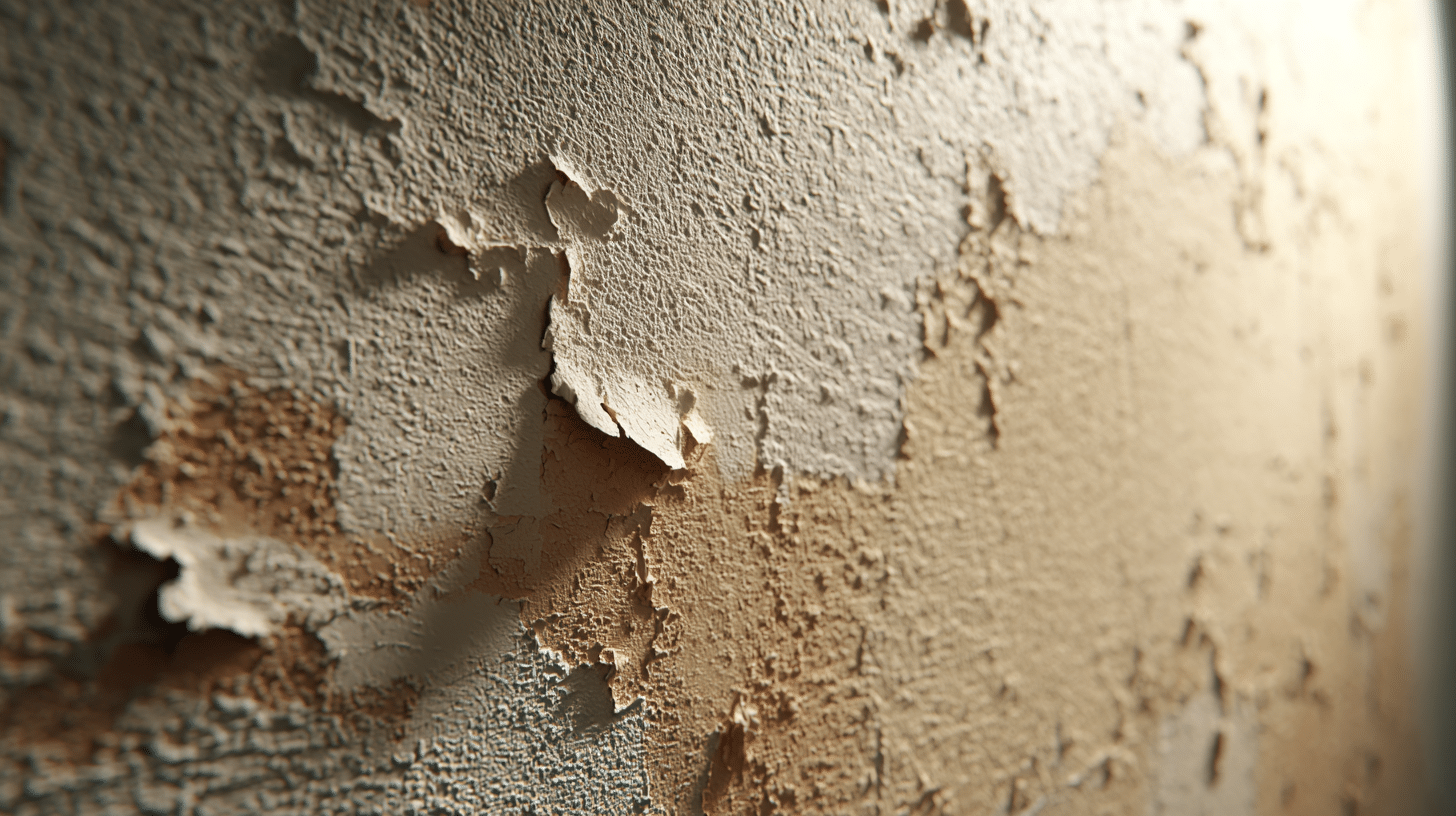
Using exterior paint indoors might look like a quick solution, but the hidden health risks and poor performance make it far from ideal for home use.
- Releases high levels of VOCs that harm indoor air quality.
- Contains fungicides and additives unsafe for enclosed spaces.
- Produces strong, lingering odors that impact comfort.
- Thicker consistency makes application uneven and tricky.
- Leaves with chalky or rough finishes are unsuitable for interiors.
- It can wear poorly indoors, making cleaning and touch-ups difficult.
Caution: Even though you can technically use exterior paint inside, the chemicals and fumes may linger for days or weeks, posing risks to children, pets, and anyone sensitive to air quality.
When and How to Use Exterior Paint Indoors Safely
Using exterior paint inside is only recommended in limited situations with caution and proper ventilation.
It may be suitable for low-occupancy areas like garages, basements, or storage rooms where good airflow helps reduce harmful fumes.
Exterior paint can also serve as a temporary fix during renovations, but should be replaced with interior paint afterward. Prolonged exposure to exterior paint indoors is unsafe; therefore, time spent in freshly painted rooms should be limited until the fumes dissipate.
Many local codes and green building standards discourage using high-VOC exterior paints indoors due to health risks, making interior-specific, low-VOC paints the safer, eco-friendly choice
Suggested Exterior Paints for Limited Indoor Use
If exterior paint must be used indoors, such as in utility rooms, garages, or temporary applications, consider products formulated with lower VOCs and less harsh additives for safer indoor air quality:
1. Behr Premium Plus Exterior Low-VOC
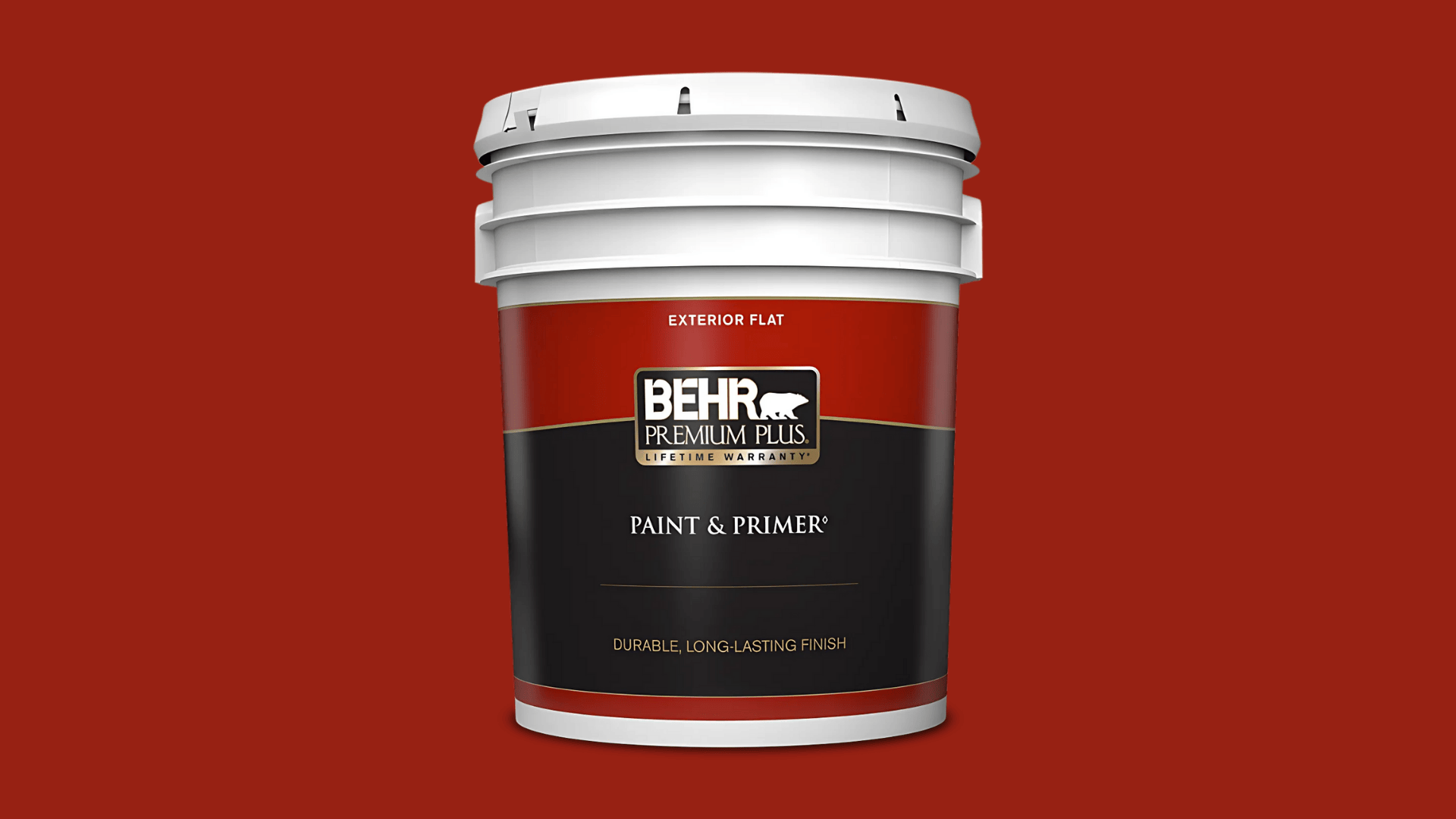
Behr Premium Plus Exterior Low-VOC paint is specially formulated with lower volatile organic compounds (VOCs) compared to many standard outdoor paints.
This makes it a more environmentally friendly option while still providing excellent durability and protection for exterior surfaces, reducing harmful emissions, and improving air quality.
2. Sherwin-Williams Duration Exterior Acrylic Latex
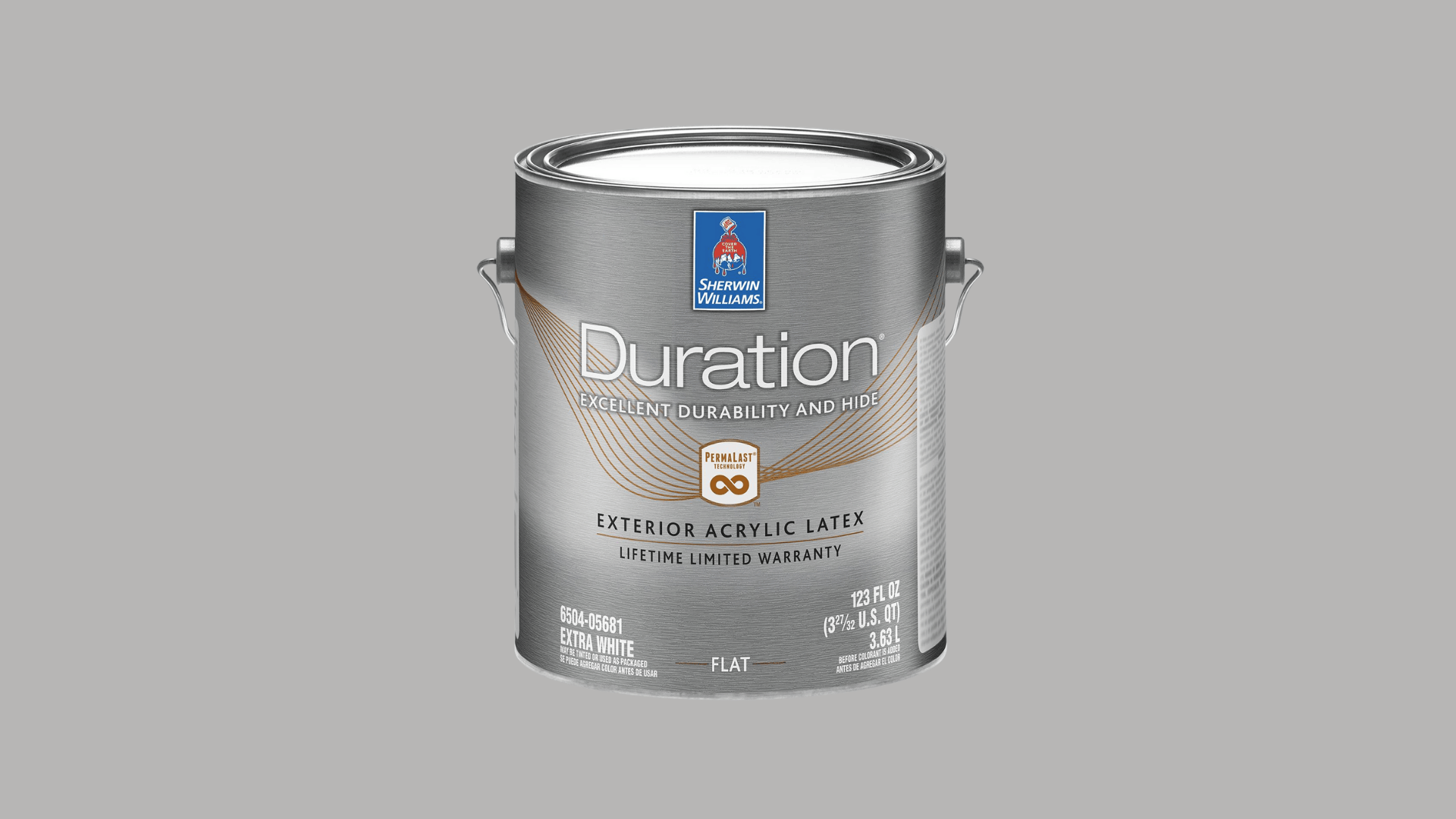
Sherwin-Williams Duration Exterior Acrylic Latex is renowned for its durability and mildew resistance. With certain formulations, it can be used in indoor protected areas, provided there is proper ventilation.
This makes it a practical choice for spaces like garages or basements, where extra protection and longevity are needed
3. Benjamin Moore Aura Exterior Paint
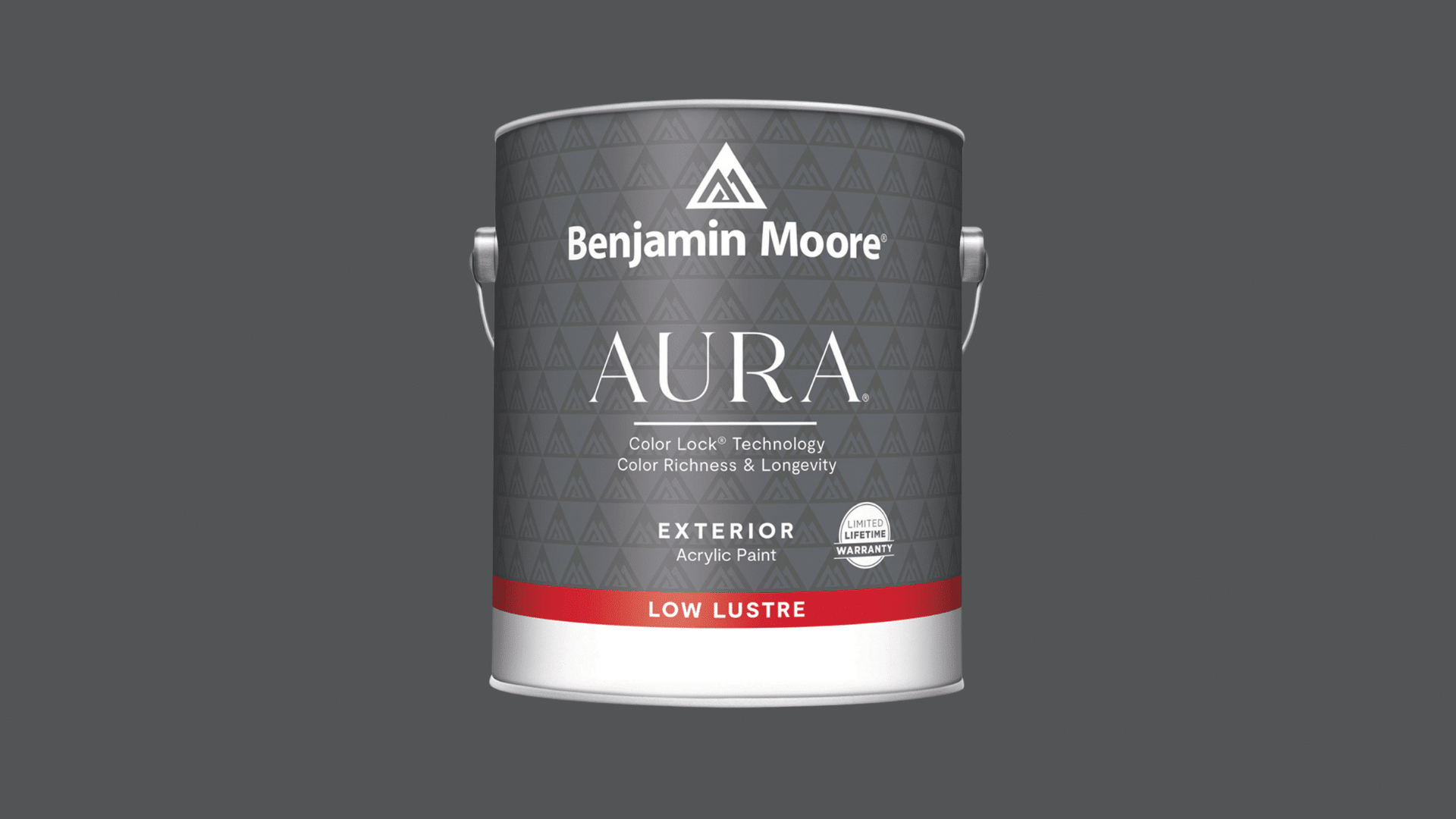
Benjamin Moore Aura Exterior Paint provides excellent coverage and long-lasting durability. With its low VOC content, it is sometimes suitable for use in semi-indoor environments.
This paint combines high performance with improved air quality, making it a good option for areas that require both protection and safer indoor conditions
4. Valspar Duramax Exterior Paint and Primer
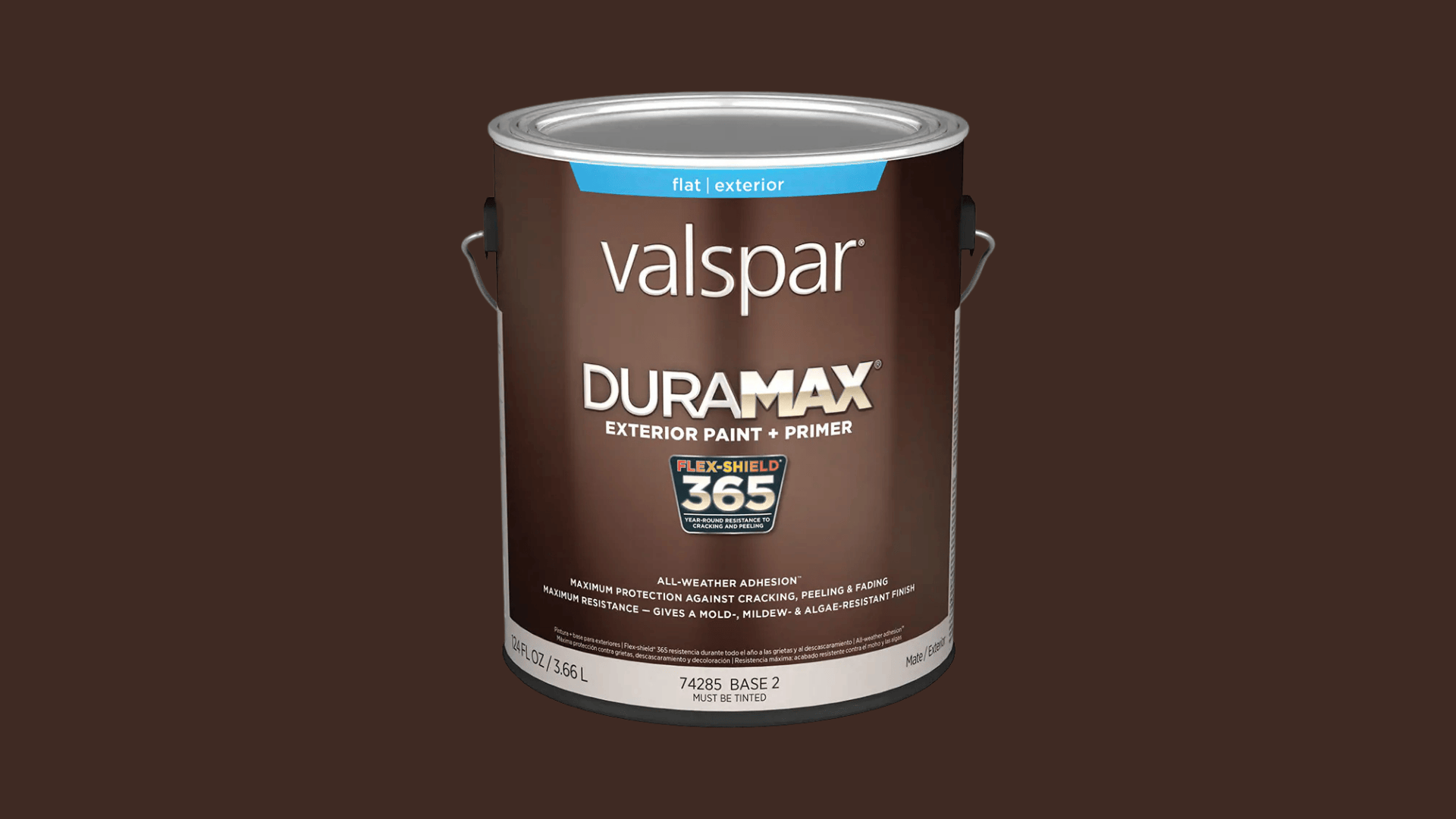
Valspar Duramax Exterior Paint and Primer is specially formulated to resist mold and mildew while maintaining low VOC levels. It can be cautiously used indoors, but only in well-ventilated areas.
This product offers a balance of durability and safety for limited indoor applications where moisture resistance is important
Proper Application If You Must Use Exterior Paint Indoors
Sometimes people use exterior paint inside out of necessity, but it must be handled with extra care to reduce risks.
- Ensure strong ventilation with open windows, fans, or air exchangers.
- Wear protective gear such as gloves, masks, and safety glasses.
- Prepare surfaces with cleaning and sanding before applying any paint.
- Apply a primer first to help the paint adhere better.
- Use thin, even coats instead of heavy layers for smoother results.
- Allow extended drying and keep airing out the room for days.
By following these steps, you can minimize hazards, but the safest choice is always to use paint designed specifically for indoor spaces.
Wrapping it Up
So, can exterior paint be used inside? Technically, yes, but it’s rarely the right choice.
While it may feel like a money-saver, the risks, like harmful fumes, poor finishes, and reduced durability, make it a trade-off you’ll regret.
Interior paints are specially made to deliver smoother results, safer air quality, and long-lasting beauty for your home. Low-VOC interior options also protect children, pets, and anyone sensitive to chemicals.
Choosing the right interior paint ensures comfort, health, and results you’ll enjoy every single day.
Frequently Asked Questions
Can Exterior Paint Be Used Inside for Bedrooms or Living Rooms?
It’s not advisable to use exterior paint indoors, as it releases strong fumes and chemicals, which can harm air quality and comfort, especially in frequently used spaces.
Are There Any Health Risks if Exterior Paint Is Used Inside?
Yes, it contains high VOCs and fungicides that can cause headaches, respiratory issues, and lingering odors, making it unsafe for indoor living areas.
Can Exterior Paint Be Used Inside if The Room Is Well-Ventilated?
Adequate ventilation reduces risks, but prolonged exposure remains harmful. Even in ventilated rooms, it’s best to opt for low-VOC interior paints instead.
Will Using Exterior Paint Inside Affect the Finish and Durability?
Yes, it often leaves chalky, uneven surfaces and doesn’t clean or maintain as well as interior paint, reducing long-term quality and appearance.
Is It Ever Acceptable to Use Exterior Paint Indoors?
It’s sometimes used in garages or basements, but only temporarily and with good ventilation. It’s not a recommended or permanent solution for any living area


